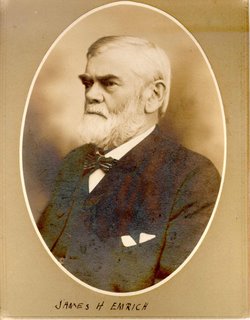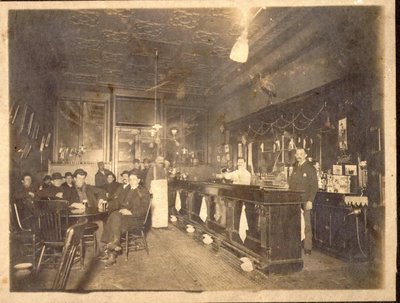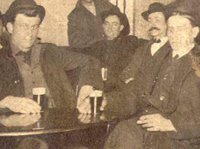
The names of the women pictured above are unknown to us. What we do know about this image is that it was taken by the C.A. Cross studio in Sandusky. Charles Cross operated a photography business on Columbus Avenue in Sandusky from about 1880 until the late 1890s. We don't know the ladies' names, but they still can tell us things about life in the late nineteenth century. Does this photo tell you anything?
The Archives Research Center has a number of cartes-de-visite, which were used as photographic calling cards in the early days of print photography. (The peak years of the carte-de-visite were roughly from around 1860 to the 1880s.) Here is a sample of cartes-de-visite from the library's collections. Again, the names of the people and the story of their lives is unknown, but their images still can tell us something.
Both of these images were taken at the Wetherell Studio in Sandusky, probably in the mid-1880s.
(We will have more about the early history of photography -- and mystery photos -- in later entries.)

 this blog
this blog
















